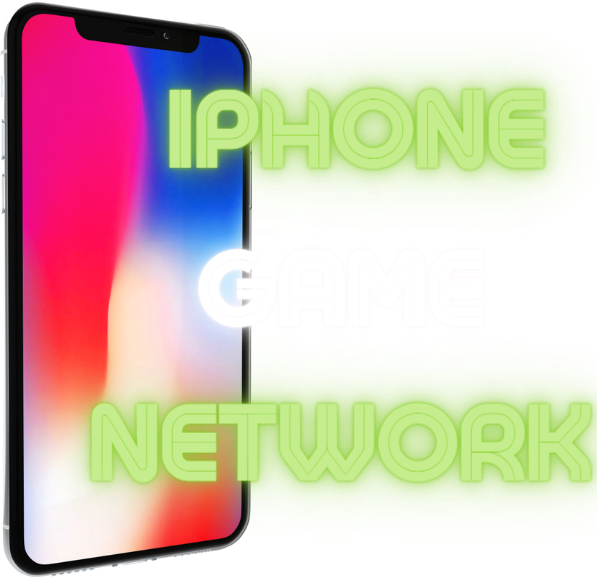The Game of Life is a very popular game that has been out for a few years now. It is a very interesting game that you will enjoy playing. It has many features and patterns that you will find intriguing and unique. However, there are some things that you need to be aware of before you play the game.
Enhanced mode
The Game of Life is a board game based on life, from early adulthood to retirement. It can be played with up to six players.
The game includes several different paths to follow. Players can choose to make money, marry, or take care of their family. They can also choose to take on a profession. These choices have a variety of benefits and drawbacks.
Throughout the game, players can also encounter enemies. These enemies can be destroyed with a wide range of powers. There are also drones, mechs, and turrets.
In the original game, players would roll a die to progress through the game. A player would be eliminated if the number they chose did not come up. This option was later replaced with a lawsuit card.
The latest version of the Game of Life features a lot more. The game offers thousands of lives to choose from, a number of rides and outfits to wear, and new life achievements.
Cut scenes
A cut scene is a short cinematic sequence played in between rounds of gameplay. They can be random, but usually follow a pattern. For example, a Mech-Warrior cut scene shows the Mechs blowing each other up, or a Medal of Honor one might show a character stabbing someone.
Cut scenes are not always the best choice, although they do have their place. They can be a good way to introduce a character, or a good way to reinforce the narrative.
While they can be a good way to get a message across, they can also be a distraction. It is a good idea to check with your designers before adding a cut scene to your game. You might also want to consider having the characters mute during the actual gameplay. This can be a cost-effective solution, and may help make your cutscenes more effective.
The right cut scene can have a significant impact on your gaming experience. However, the cut scene must be coupled with the game play itself to achieve maximum effect.
Patterns in the game
The Game of Life is a cellular automaton, an example of a computational model that enables players to manipulate a set of randomly generated patterns. It is played on an infinite two-dimensional rectangular grid of cells. Each player has a turn and must kill one of his enemies before his turn ends.
To play the game, the first player must create an initial pattern. Known as a seed, this is a configuration of the cells in the system. A seed consists of a series of rules that are applied to all the cells in the seed simultaneously. This process produces a new pattern in a short amount of time.
As the rules of the game are applied repeatedly to generate further generations, the game progresses. Some patterns are stationary and others are moving across the screen. In addition to these common types of patterns, there are several newer ones.
One such new pattern is called the “reverse caber tosser” design. This pattern starts with a relatively small number of gliders. Later, the gliders collide, creating a “weekender” spaceship.
Similar games
The Game of Life is a board game created by Milton Bradley in 1860. This version of the game includes a sturdy bi-fold game board and eight plastic cars.
The game is meant to help players make decisions about their future. There are several paths to follow. Each path can be risky or more prudent.
The first version of the game included a chance to win money. Players would bet on one number to come up, and if that number was chosen they were a winner. If not, they were eliminated.
Players who wished to win a larger amount of money had the option to bet on a Millionaire Tycoon. They bet on a number and if that number was chosen they were an instant millionaire.
In the “Star Wars” themed version of the game, players are given the choice to choose between the light or dark side. Depending on the side they are on, they can earn skill points or life tiles.

